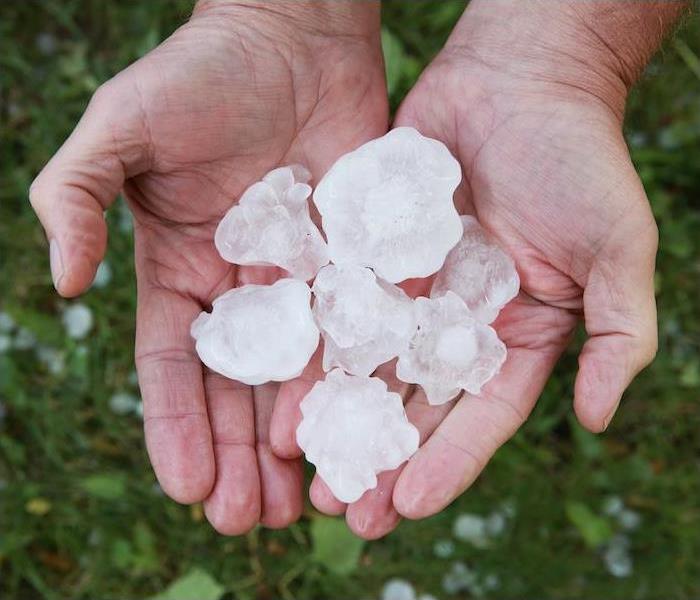Storm Damage Commonly Produced by Thunderstorms | SERVPRO® of Gwinnett County South
6/6/2019 (Permalink)
Thunderstorms are commonplace during the spring and summer, and they can often bring storm damage with them.
Are you familiar with the most common types of damage caused by thunderstorms?
Throughout the world, there are an estimated 16 million thunderstorms each year. In the U.S., the number typically comes to around 100,000 thunderstorms per year, with 10% of those considered severe.
For a thunderstorm to form, moisture and rising unstable air are needed, along with a “lifting” mechanism. This could be hills or mountains that force air to rise, or where warm/cold or wet/dry air bump together, causing a rising motion.
The three stages in the life cycle of a thunderstorm are the developing stage, the mature stage and the dissipating stage. It is the mature stage when hail, heavy rain, frequent lightning, strong winds and tornadoes are most likely to occur.
There are many aspects of a thunderstorm that can prove dangerous, but one of the greatest risks is the chance of flying debris due to high winds.
In a severe thunderstorm, wind speeds can gust in excess of 57.5 mph, which is more than enough to cause wind damage to your property.
With high winds, there is an increased chance of even the most harmless-seeming of items turning into a projectile, such as tree branches, gravel, mailboxes, fencing, lawn furniture, potted plants and garbage cans. Prior to thunderstorms rolling through, you should take care to make sure items in your yard are secured.
Besides wind damage, thunderstorms can also produce the following damage:
Lightning damage. If lightning strikes a home or building, that electricity can pass through the wiring of the home. This could severely damage any electrical appliances that are plugged into an outlet. Lightning can also result in the starting of fires.
Tornado damage. Tornadoes are extremely destructive, and they can have wind speeds reaching upward of 200 mph in the worst of occurrences. Tornadoes can do severe structural damage in a very short amount of time.
Flood damage. It is not uncommon for heavy rains to accompany a thunderstorm, and occasionally, that can lead to flash flooding. These floods can damage structures, tear trees out of the ground and sweep things away.
If a thunderstorm has resulted in damage to your home or business, know that the team at SERVPRO® of Gwinnett County South is available 24⁄7 to help with cleanup and restoration.


 24/7 Emergency Service
24/7 Emergency Service
